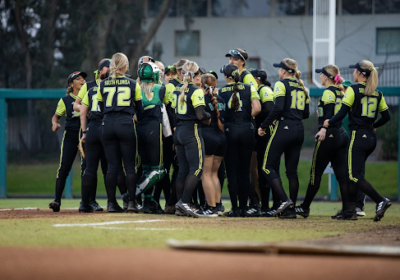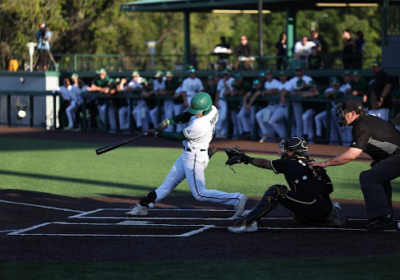COMMENTARY: Field goals won’t be enough moving forward

SPECIAL TO THE ORACLE/GOUSFBULLS
In a weekend of upsets, seven of the Associated Press Top 25 teams lost to lower-ranked opponents last weekend, but USF kicker Emilio Nadelman and the defense made sure the Bulls weren’t added to the list.
It’s nice to know that at least one team in Tampa has a kicker who makes field goals — but if the Bulls have aspirations to be in a New Year’s Six bowl game, they’ll need to turn red zone field goals into touchdowns.
Yes, the USF offense produced two red zone touchdowns in USF’s 33-3 win over Cincinnati Saturday, but did so in six trips. That production won’t be enough against Tulane, Houston, Tulsa or UCF — the Bulls’ next four opponents.
Against the Bearcats, the Bulls’ first three drives stalled in the red zone, leading to three chip-shot field goals for Nadelman, who made all three.
If it weren’t for a touchdown late in the first half and Auggie Sanchez’s pick six, the Bulls’ lead would’ve been only six points at halftime, despite outgaining the Bearcats on offense 252 yards to 133.
In addition to the obvious — that red zone field goals result in fewer points than touchdowns — they can make a team overcompensate for points they have been searching for.
This is as simple as the offensive coordinator signaling in a play call to the quarterback. When a red zone offense isn’t in sync, quarterback Quinton Flowers may decide that instead of running the play that was signaled to him, he will call an audible and change to a play he figures will result in a touchdown, not a field goal.
“I’m not gonna say I want the ball every time,” Flowers said. “But I want to get in the end zone.”
This can cause for a great deal of mistrust and a headache on the offensive side of the ball.
Football is a game based on momentum. When you have a team that’s not as good as you, keep them down and don’t give them any added confidence.
In regard to the game as a whole, when a team fails to convert numerous red zone trips into touchdowns, it, especially against a team who’s an underdog such as Cincinnati, gives the other team confidence. It gives a team even more when it's able to force a red zone field goal three drives in a row, which the Bearcats did to USF.
Now, the Bulls’ defense was still able to take care of the lowly Bearcats, who rank 11th out of 130 teams in average yards per game. If the Bearcats had scored a touchdown in the first quarter opposed to settling for a field goal themselves, then the Bulls would’ve need more than just the three red zone field goals.
If USF plans to remain undefeated, it’ll need drives that end in six points — not three.






